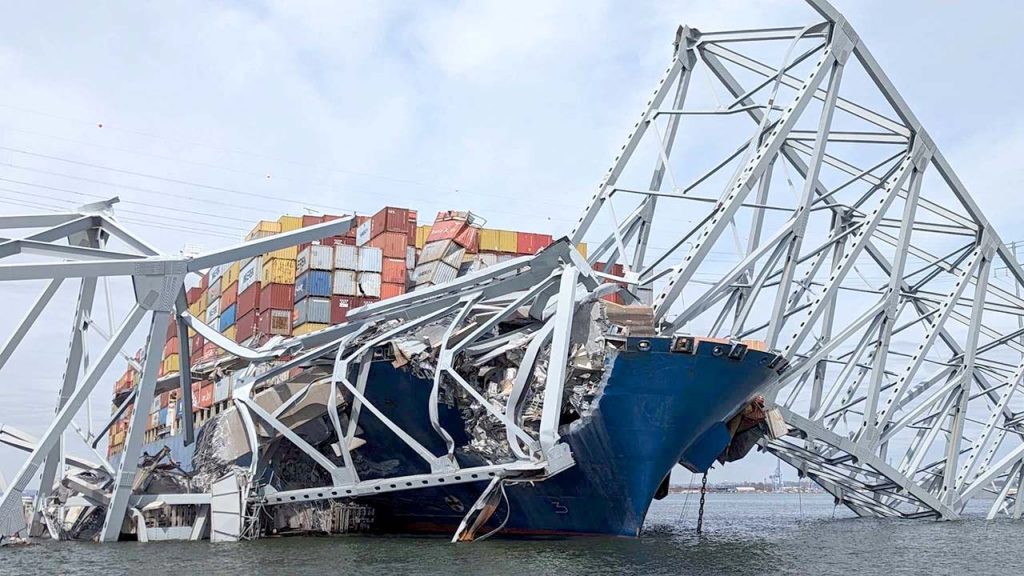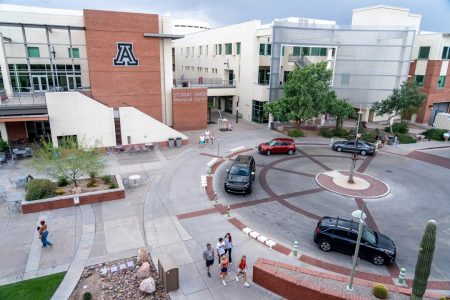Crews are working to dismantle the remnants of Baltimore’s Francis Scott Key Bridge, which collapsed nearly three weeks ago after a cargo ship collided with one of its support structures, causing six construction workers to plunge to their deaths. The effort is being carried out using the largest crane on the Eastern Seaboard, the Chesapeake 1000, which is being used to remove massive sections of the bridge weighing up to 450 tons. The work is complex, dangerous, and tedious, with workers having to deal with debris, rebar, and concrete while also being cautious of potential dangers lurking beneath the surface.
The salvage operation involves divers plunging into the Baltimore harbor to survey the underwater wreckage and determine which pieces can be safely extracted. Over 1,000 tons of steel have already been removed from the waterway, but workers are still aiming to recover the two remaining bodies of victims who were caught in the collapse. Additionally, efforts are being made to remove containers from the cargo ship Dali, which collided with the bridge, before lifting steel spans off its bow to prevent further hazards.
Authorities are also working towards opening a temporary channel later this month to resume commercial traffic through the Port of Baltimore, which has been severely impacted since the collapse. The main channel of the port is expected to reopen by the end of May. The ongoing recovery operation is taking place alongside a criminal investigation by the FBI into the bridge collapse, focusing on potential violations of federal maritime law and whether ship personnel were aware of any technical or operational issues before the ship departed from the Port of Baltimore.
The salvage operation involves dismantling metal trusses with propane torches and giant shears in the salvage yard. The process is slow and methodical due to the dangers present in the wreckage, with workers needing to take precautions to ensure their safety while carrying out the delicate task of removing debris from the waterway. The work is complicated by the fact that investigators are still trying to piece together exactly what happened on the day of the incident, highlighting the challenging nature of the salvage operation and recovery efforts.
The operation is being led by crews who are dedicated to safely dismantling the remnants of the bridge, despite the risks involved. The salvage teams are coordinating with various agencies to ensure that the recovery operation is carried out efficiently and effectively, with the ultimate goal of reopening the Port of Baltimore to commercial traffic as soon as possible. The salvage efforts are critical in clearing the harbor and allowing the city to move forward from the tragic bridge collapse, while also providing closure for the families of the victims who lost their lives in the incident.















